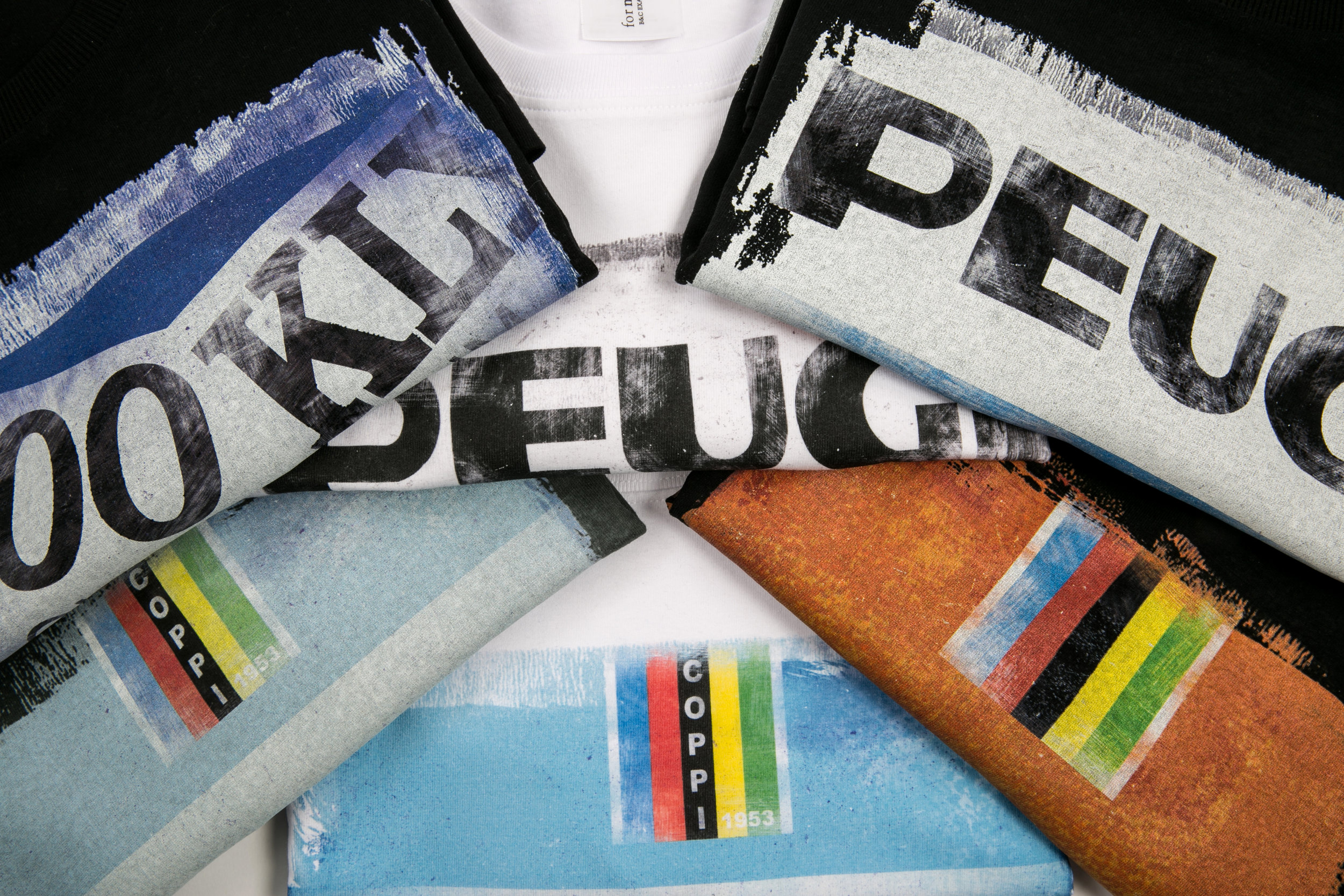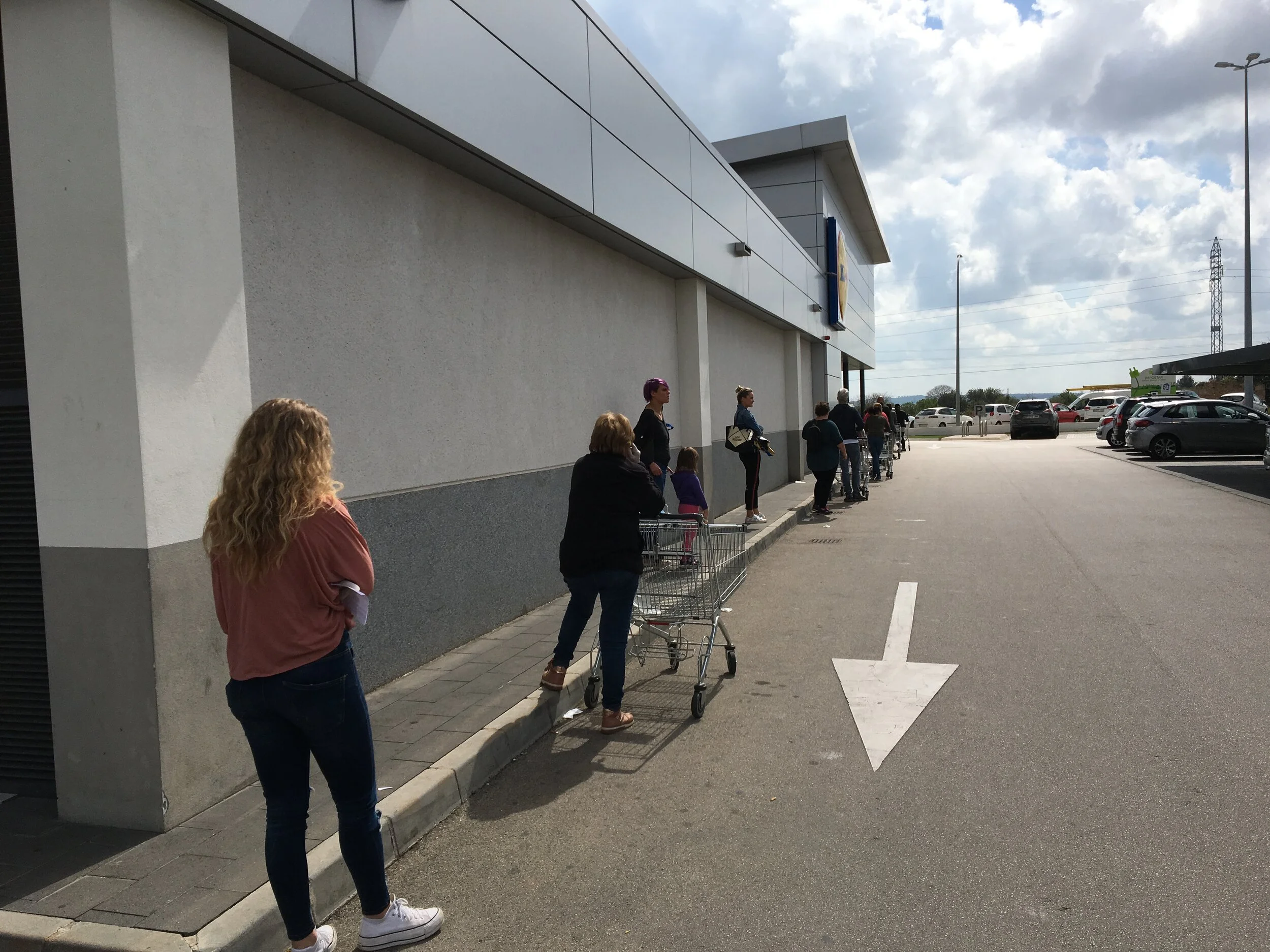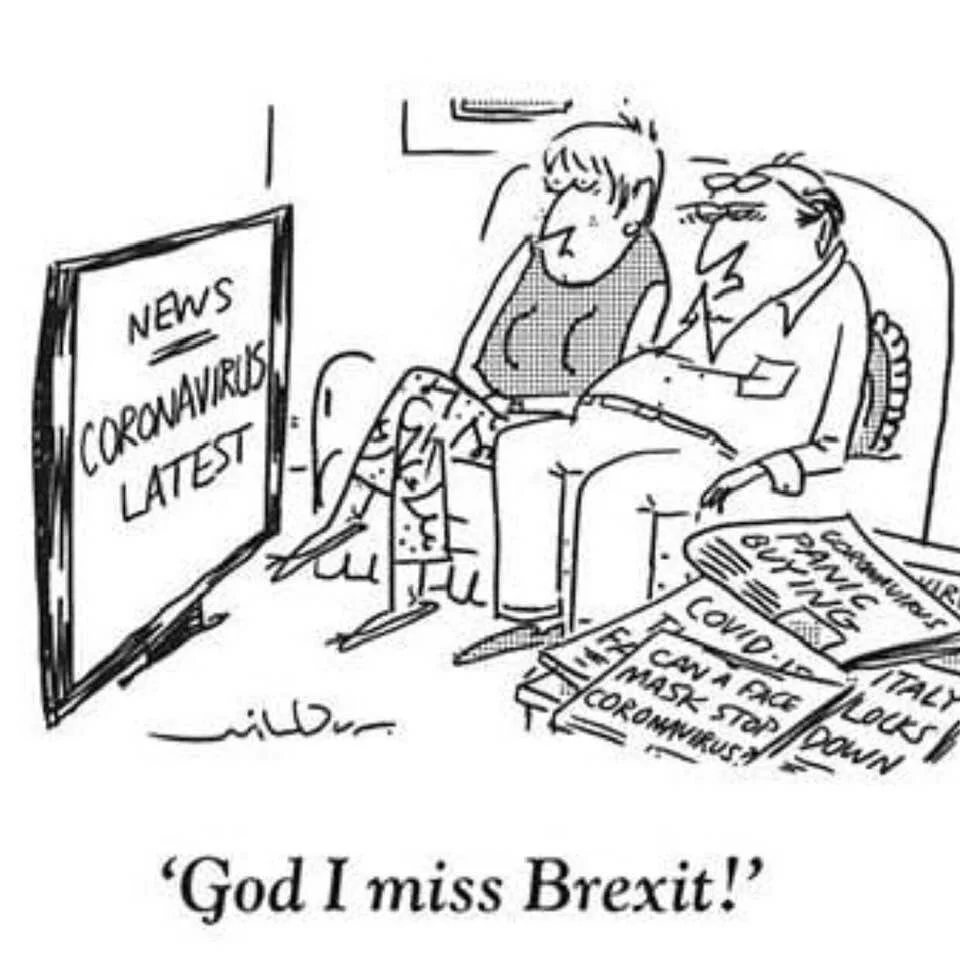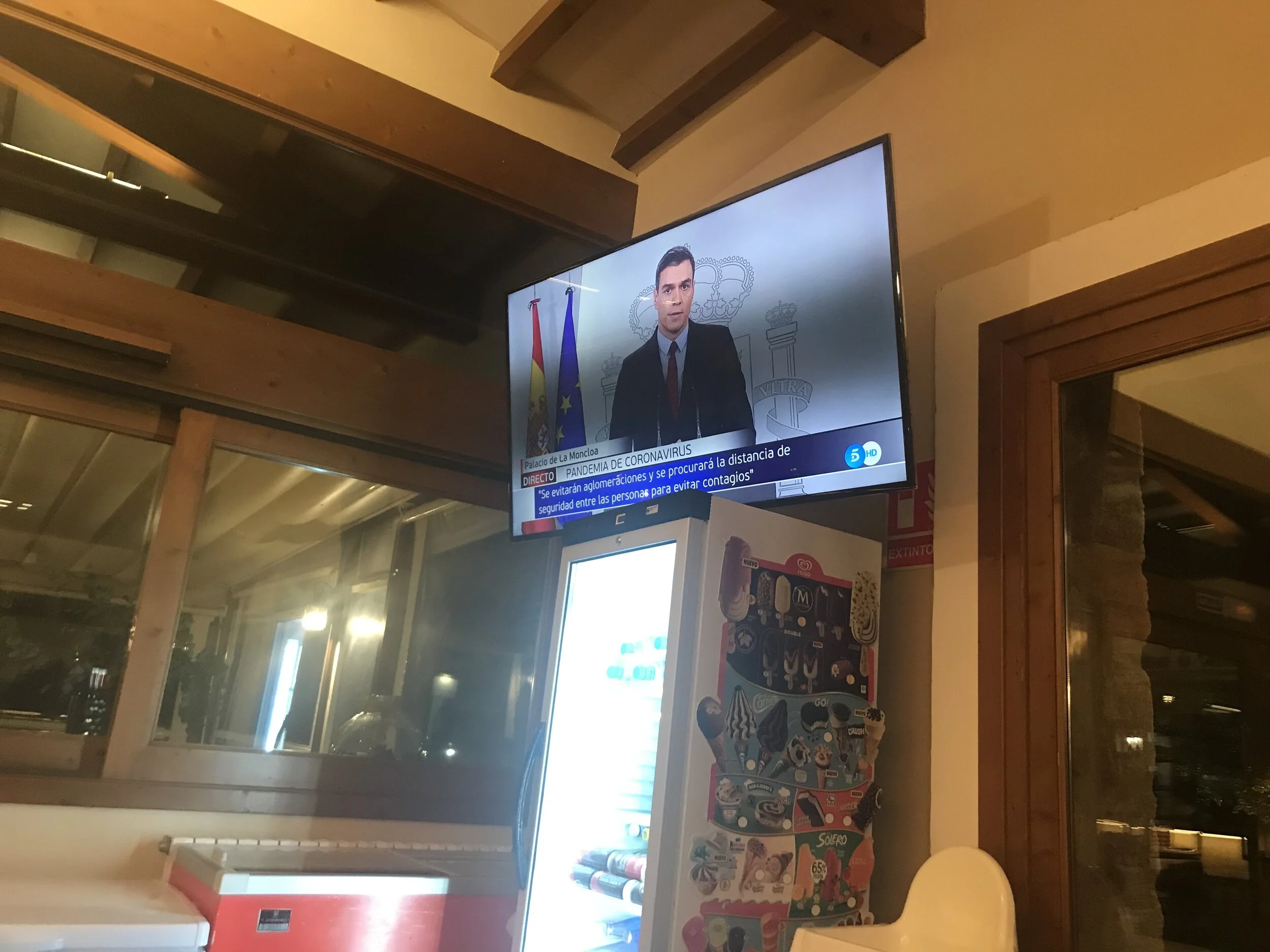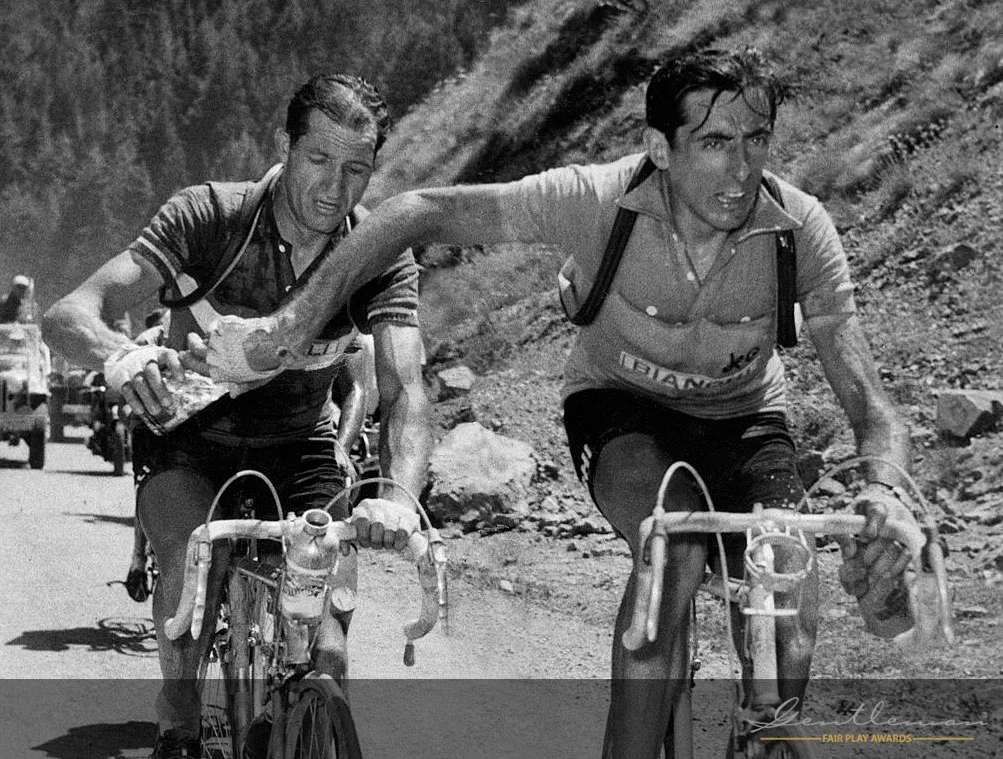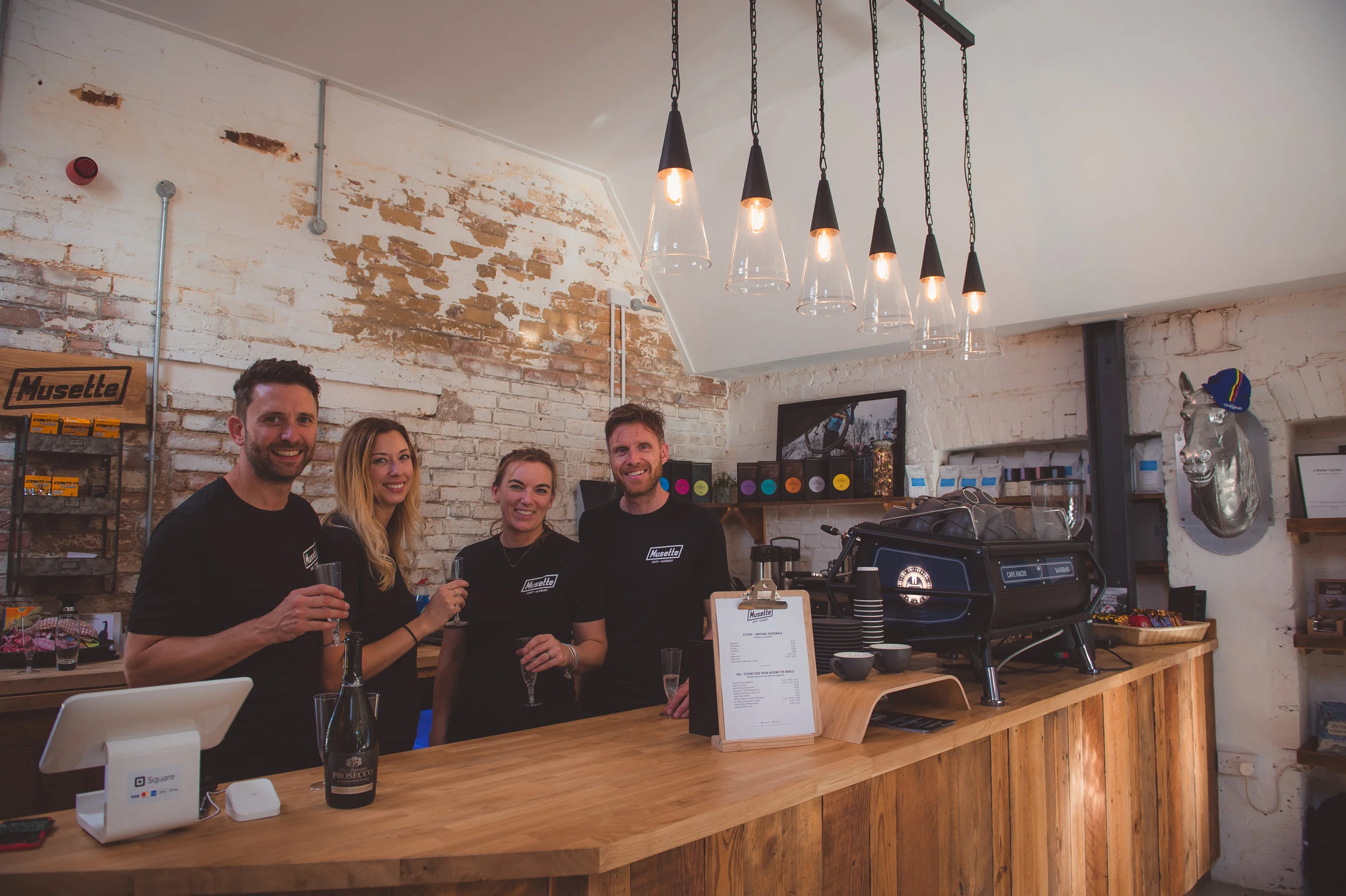Today sees the end of an exciting week of racing at the Tour de France - especially for fans of Mark Cavendish. Cav took three stage wins which makes him the second most successful Tour stage winner of all time, after the legendary Eddy Merckx. Many who had written Cav off as being 'finished' had to eat their words as he used skills learnt on the track to lunge ahead of André Greipel, beating him by millimetres! Ride Velo thought we'd take this opportunity to celebrate the sprint finish by revealing the science, tactics and psychology that goes into achieving the top podium position.
Let's start at the beginning: a sprinter is a bike racer who typically puts in a short effort on the track and the power output achieved is high. But to be the winner of a sprint stage in a cycle tour over a number of days requires a broader range of skills and the rider must have the the physiology of an endurance athlete, riding for 5 hours or more day after day. What separates sprinters from climbers is having the stamina left at the end of the stage to generate enormous power outputs in the final few metres.
So what kind of power are we talking about? Paolo Menaspa of the European College of Sports Science Congress in Amsterdam spent three years studying sprinters in GC cycle races. Menaspa's report (2013) found the peak power output measured in the sprints his team analysed was 1443W, and across the group of sprinters, the average was 1248 W. That corresponds to between 17 and 18 W/kg. Compare that with the GC contenders' efforts over about half an hour in a mountain stage where the average watts per kilo is just 6. Before you think your last Watt bike session revealed impressive results in comparison, remember that these stats are achieved when the riders are in a 'fatigued' state after several hours in the saddle.
You may imagine that sprinters are the big and chunky Usain Bolts of the cycling world - actually in the study, the average age, height and weight of sprinters were 27 yrs, 1.76 m and 72 kg, respectively. Mark Cavendish is now 31, 1.75cm and 70kg (according to wikipedia) which is far from huge. Bolt weighs in at a heavyweight 94kg! The 2015 Tour's green jersey winner, Peter Sagan, is 26 years old, 74kg and 1.83m while Cav's rival Kittel is larger still at 1.88m and 86kg. So bigger doesn't necessarily mean better.
Cavendish demonstrating his aerodynamic riding position pipping Greipel to the post on stage 3
But there's much more to being a successful sprinter than pure physiology - aerodynamics has a part to play. And Cav is the master of the aerodynamic riding position. This is measured in CdA (or coefficient of drag area) which for a standard road cyclists is about 0.300. During Eddy Merckx's 1972 hour record, he achieved an estimated CdA of 0.262. Cav's sprinting position of head low and arms thrust forward gives him an aerodynamic marginal gain that can overcome his more powerful rivals in the final moments of the race. It's no surprise that he is the current Madison champion on the track.
Tactics form a huge part of the reason why a sprint finish is always a bit of a lottery. Cav has been consistently winning stages of the Tour since 2008, with the exception of 2014 when he was put out of the race on the first day in Yorkshire. It's this longevity that puts him up at the top of the rankings with Hinault and Merckx, and at 31 years old he's still proving himself to be unbeatable.
The research showed that having as many teammates left to support the sprinter at the end of the race dramatically increases the chances of a win - and this is what's been changing - to the annoyance of the sprinters. GC teams have been clogging up the field as they try to protect their leaders meaning that it's harder for the sprinters and their lead-outs to organise themselves. The ideal scenario appears to be having two teammates with one minute to go, and one for the last 30 seconds until the start of the sprint (roughly 15s to go). If the rider isn’t in the first nine within the final minute, and in the top six with 30 seconds left, they're not going to win the sprint.
Cavendish, in the green jersey, being led out to victory by team-mates Matthew Goss and Mark Renshaw on stage fifteen of the 2011 Tour de France.
Many commentators and riders have been criticising the chaos of the sprint stages in this year's Tour, and a bad approach to the finish will cost the stage. Lead-out trains have been leaving it later and later to launch their attacks, and teams can be dropped by the speeds achieved. Cav is on his best form when coupled with his lead-out man of old, Mark Renshaw. In this year's Tour, when Kittel lost his lead-out team, Cav's sat on his wheel until the final seconds when he powered past his German rival. It all makes for very exciting viewing at the end of some otherwise boring stages.
And finally, psychology: Cavendish was awarded the MBE in June 2011 and went on to win no less than five stages of the Tour the following month. But after crashing out of the 2014 Tour so early, Cav's performance in 2015 was definitely under par, where he won just a single stage to the disappointment of British viewers and fuelling much speculation. Post-race interviews showed Cav looking sad and embarrassed - none of the brazen lies or bullish talk that you get from the likes of Nacer Bouhanni. Was he past it? Had he lost it? we wondered. Then, after a rousing performance in the Revolution Series, which saw him reunited with Bradley Wiggins, he signed with Dimension Data alongside his former teammates Renshaw and Eisel. He was literally back on track. Family man Cav frequently turns up to the podium with his young children by his side, or on his hip - he's a racer who likes his team at home as well as on the road!
Cav reunited with Wiggo Olympics.nbcsports.com
Cav's stated aim for 2016 was winning a medal at the Rio Olympics, rather than stages of the Tour de France. After losing out so bitterly in the road race in 2012 when other countries critically ganged up on Team GB, pushing Cav into a disastrous 29th place, he rightfully seeks revenge! But now Cav and Dimension Data are left with a dilemma. Many sprinters, like the Italian 90's 'playboy' Mario Cipollini, used to claim the glory winning sprint stages early on in the Tour and Giro, only to drop out quietly when the roads lead to the mountains. This year, Cav planned to do as much so that he could work on his Olympic battle plan. But after showing himself to be so 'in form' again, the temptation to fight on and potentially better his record five stage wins, culminating in the race around the Champs Elysées on July 24th, must be enormous! Will he go for Gold or for the Green Jersey? We can't wait to see...


